How India Overcame Its #1 Extreme Poverty Ranking
t is great news to hear, as an Indian national, that India is no longer the nation with the largest poor population, as per a study published by US-based think tank Brookings. We can attribute this progress to the great strides India has made over the last two to three decades in several notable industries:
Agriculture – India has become a food surplus country.
Manufacturing – Various industries have been developed that don’t rely on imports.
Services industry - Growth in this industry provides employment to a large number of young people in the country.
These accomplishments have been made possible through active participation by both the government and the private sector: the government playing a role in spending on infrastructure and growth, and the private sector by providing innovation and new business models for more inclusive growth throughout the country.
Within the poorest communities in India, you can clearly see most people imagining a better future for their kids with better access to healthcare and education and better jobs for them in the future. These achievements have come not from a traditional give-away model, but from various sustainable for-profit models that have developed across urban and rural India. As we have seen in the last few decades, a large part of the effort to bring the poor out of poverty will need to be through investments in the private sector, supported by favorable government policies and investments.
Upaya, through its accelerator program and investments, supports early stage enterprises that provide increases in income and employment opportunities for the poor. So far, our 14 partner enterprises have created over 8,500 sustainable jobs, effectively bringing their jobholders out of extreme poverty.
In spite of these successes, India still has a very large population living in poverty, which I saw in my recent travels to visit our agribusiness cohort companies. Interactions with small-scale farmers and rural women in Uttar Pradesh, West Bengal and Odisha brought out many challenges these communities face. Challenges include getting a fair price for farmer produce, lack of access to markets, lack of full-time employment opportunities for rural women, and many more.
These interactions, and the work of Upaya’s cohort companies, show that a lot more support is required for entrepreneurs working with the poor in India, both in terms of financial support and hands-on guidance to help them grow and scale up impact. What is heartening, however, is knowing that these efforts will move the needle on poverty alleviation even further and contribute to India's positive and impressive trajectory.
ABOUT UPAYA SOCIAL VENTURES:
Upaya Social Ventures is building a dignified economy by providing investment and support to early-stage businesses creating sustainable livelihoods for people living in the most extreme poverty.
Upaya’s award-winning impact-first model seeks out and supports oft-overlooked companies creating work that is safe, stable, inclusive, and rewarding—generating a transformative impact on families, communities, and economies.
Since its founding in 2011, Upaya’s portfolio companies have created over 44,000 dignified jobs across India. Please visit upayasv.org for more information.
MEDIA CONTACT:
Madlin D’silva
mdsilva@upayasv.org
